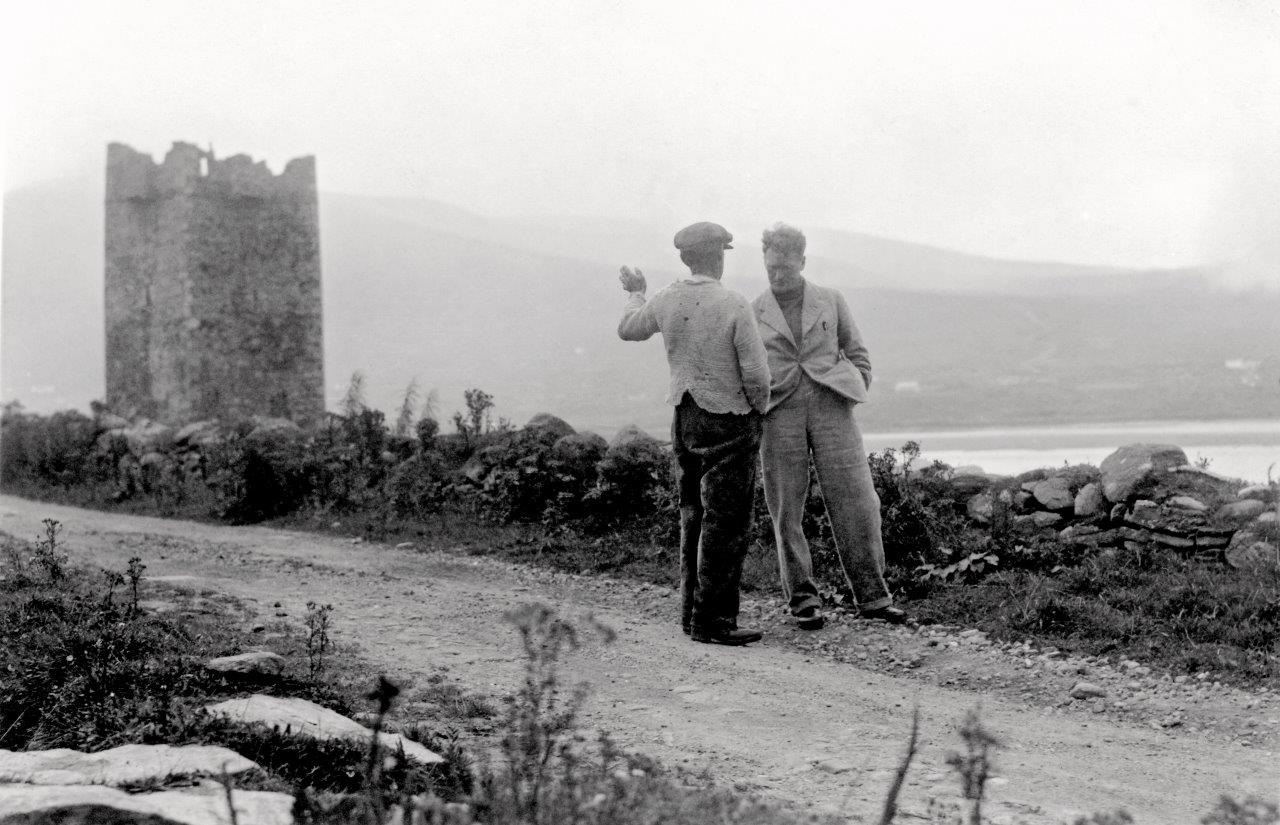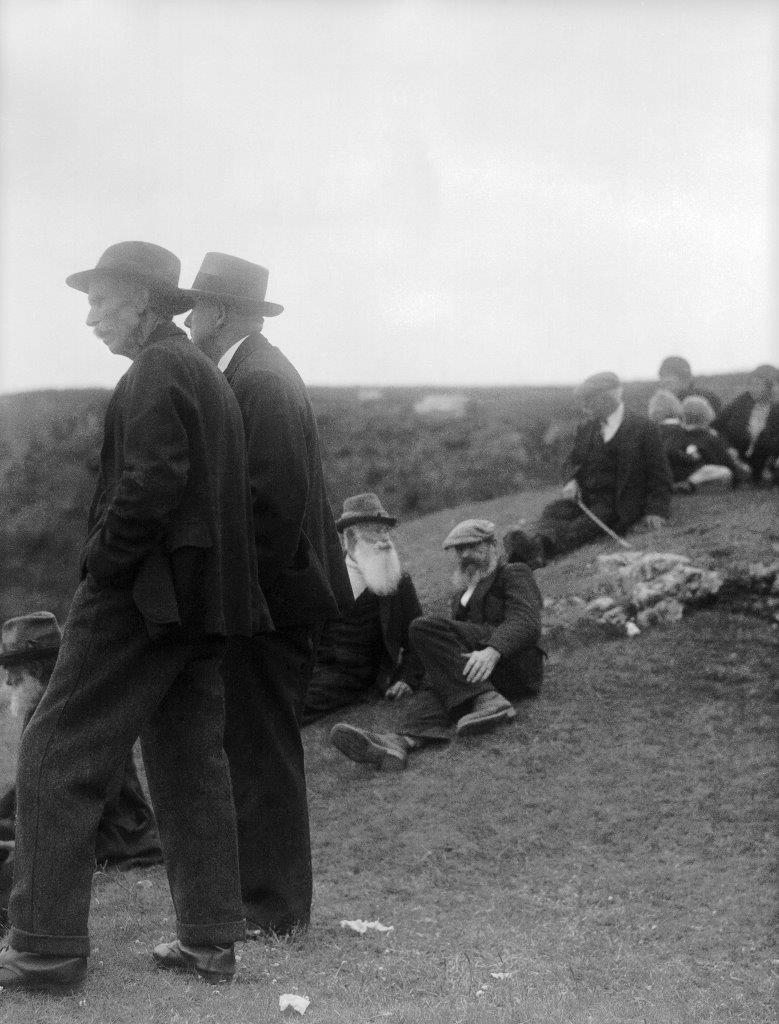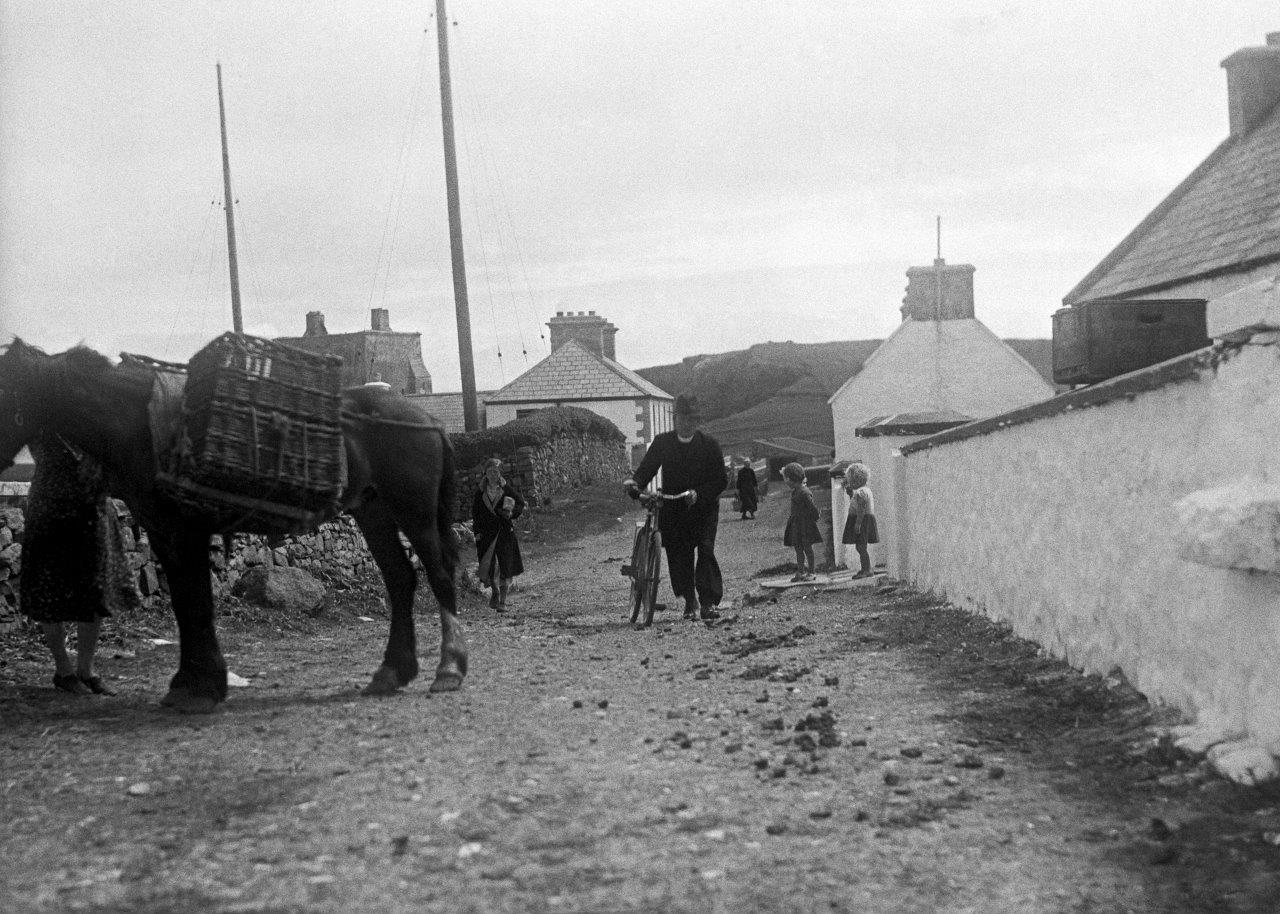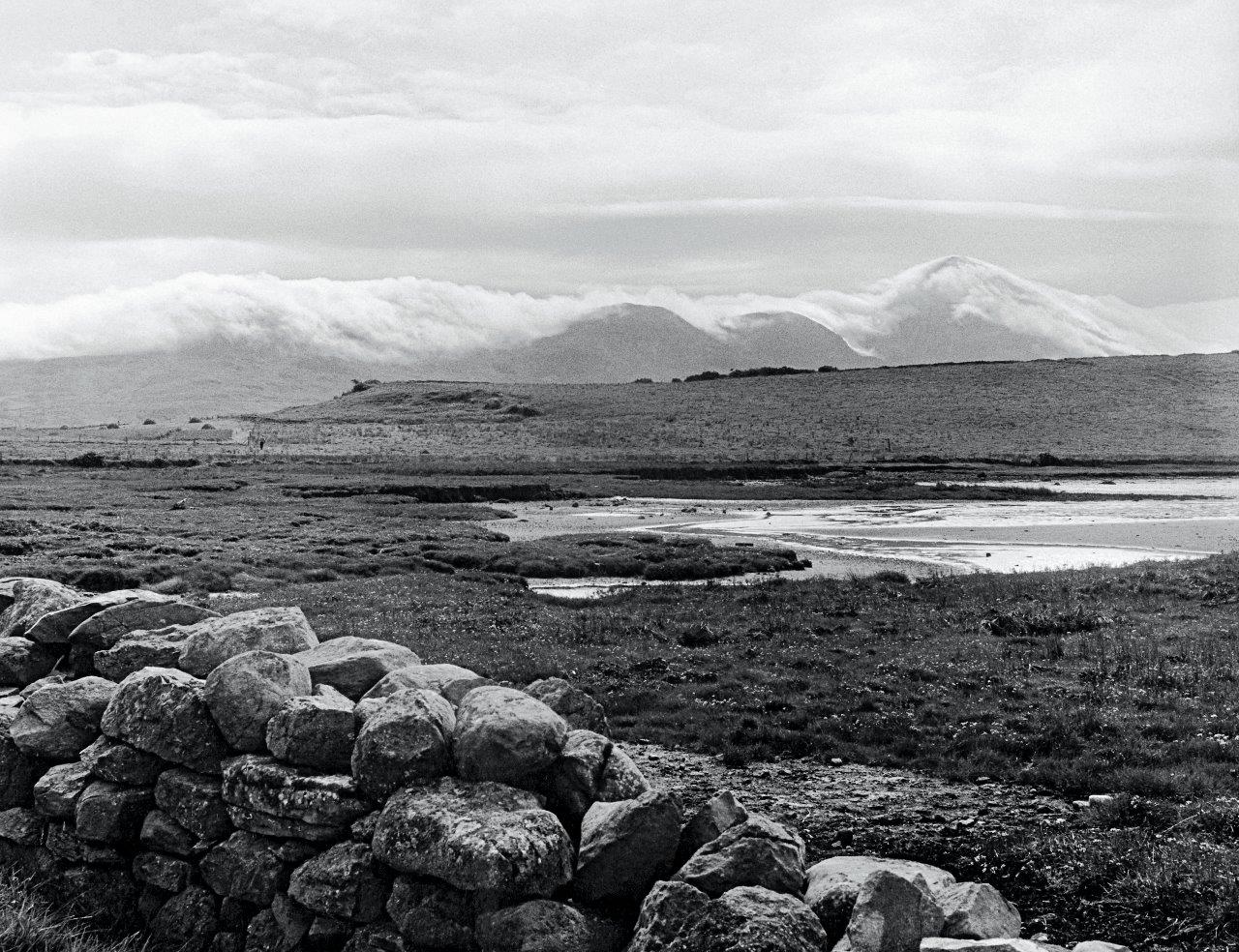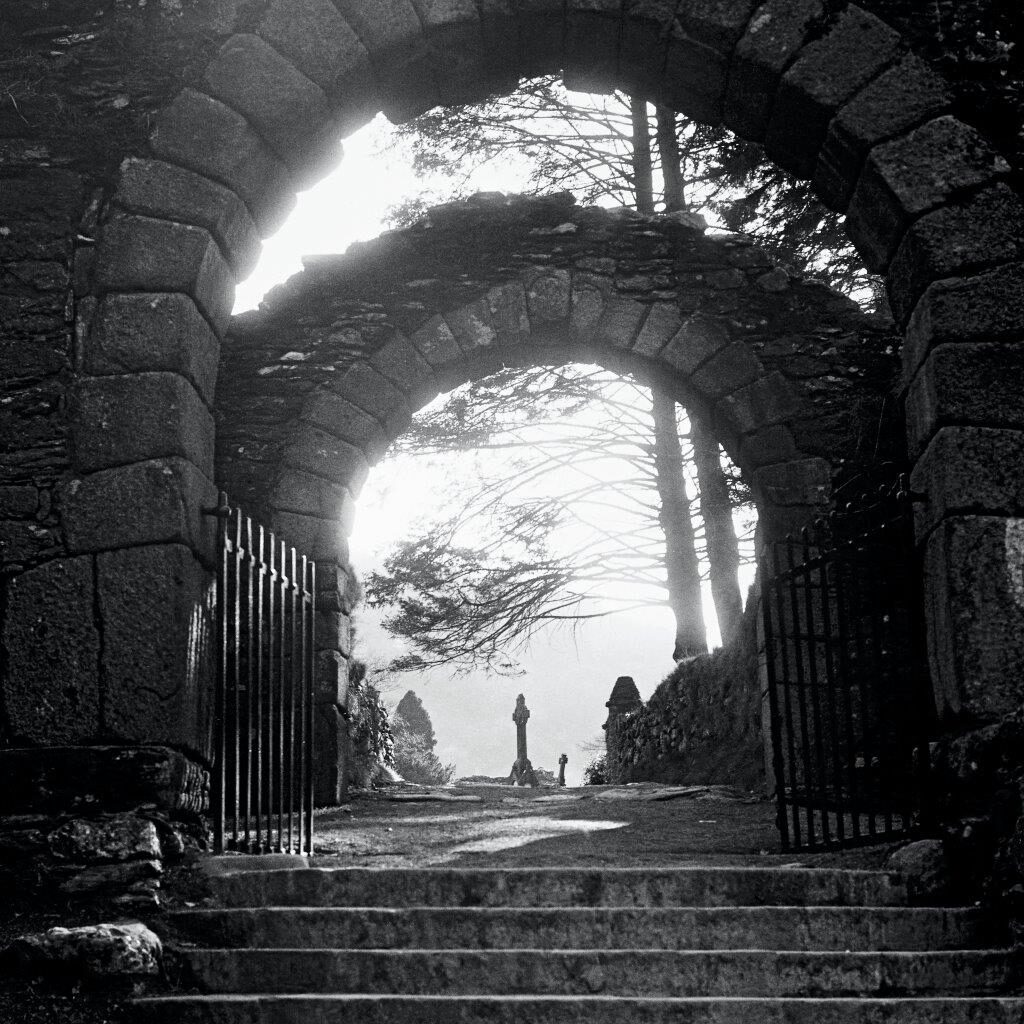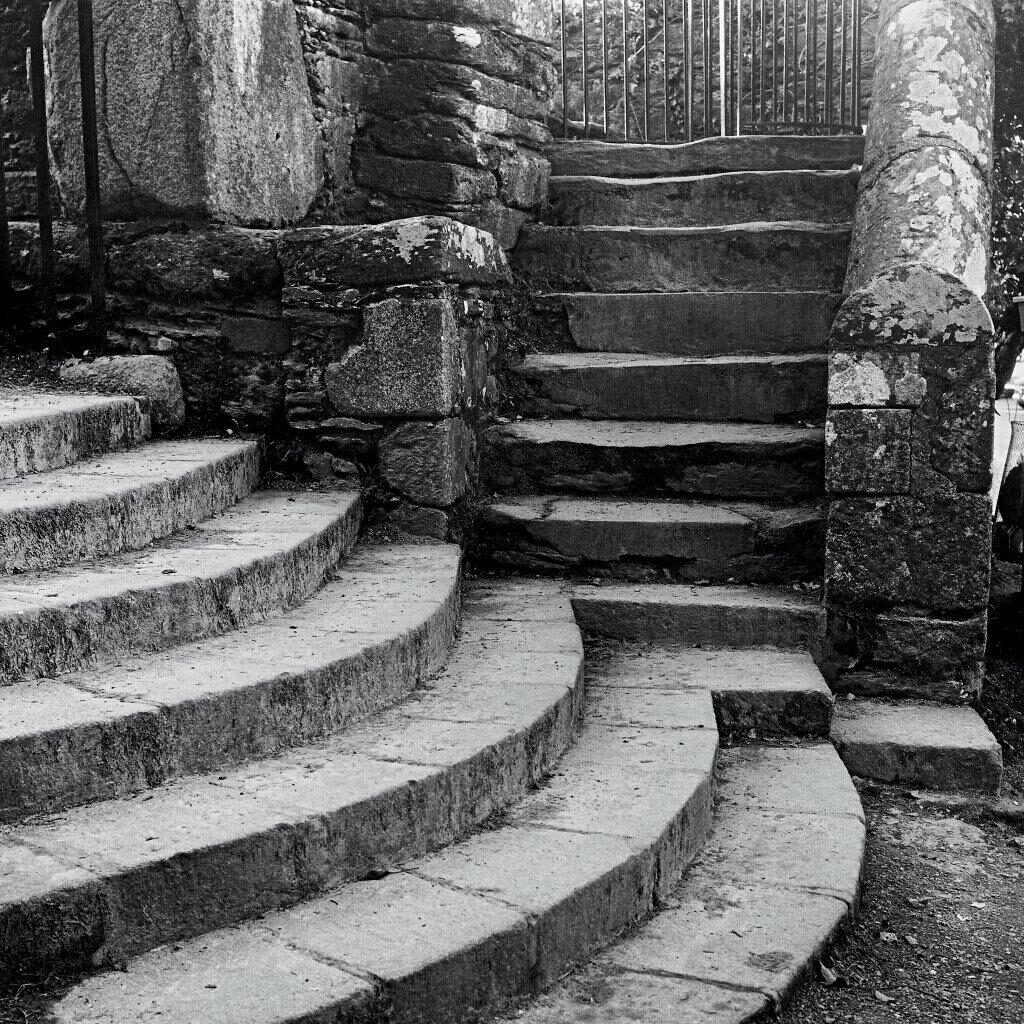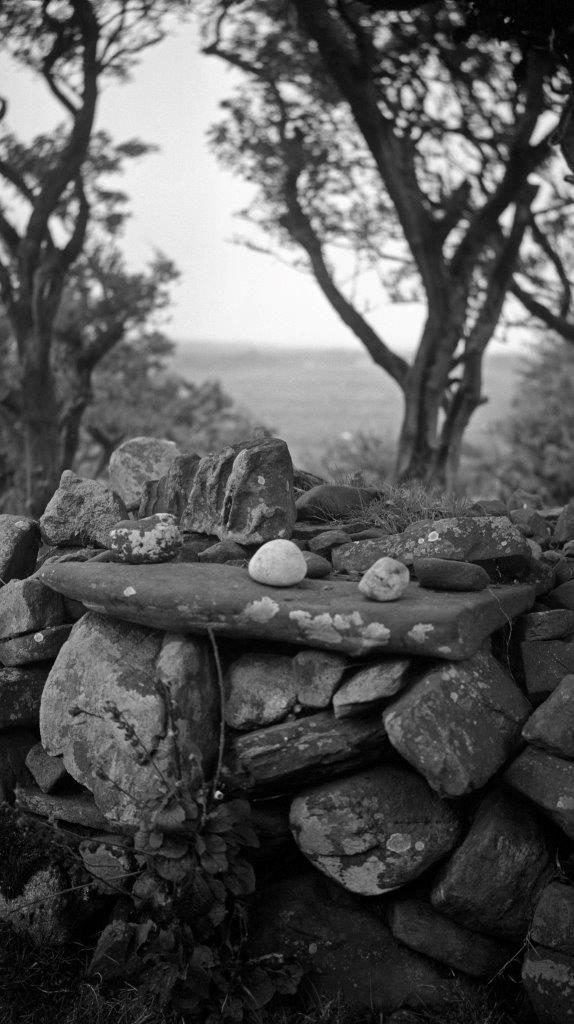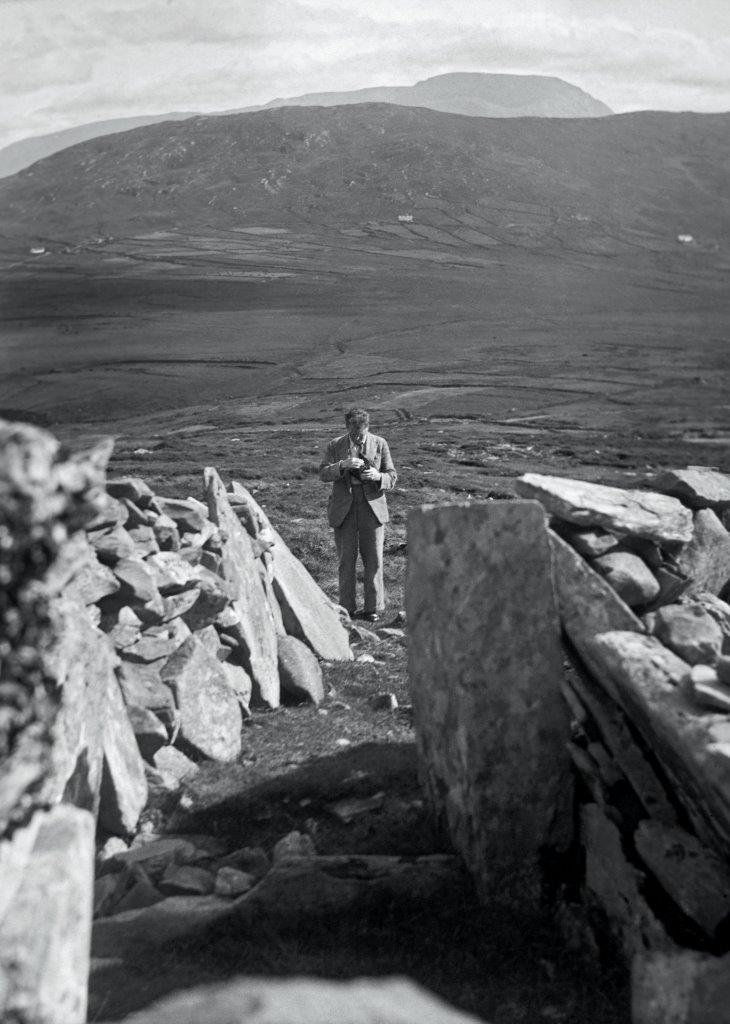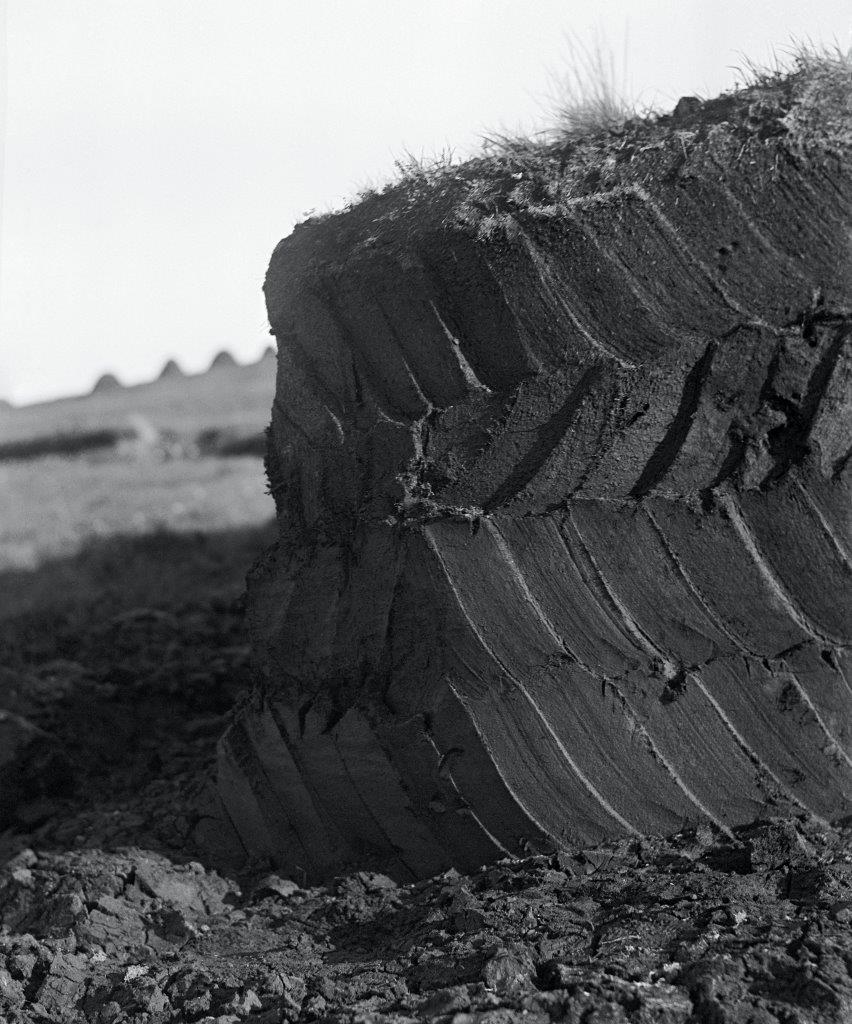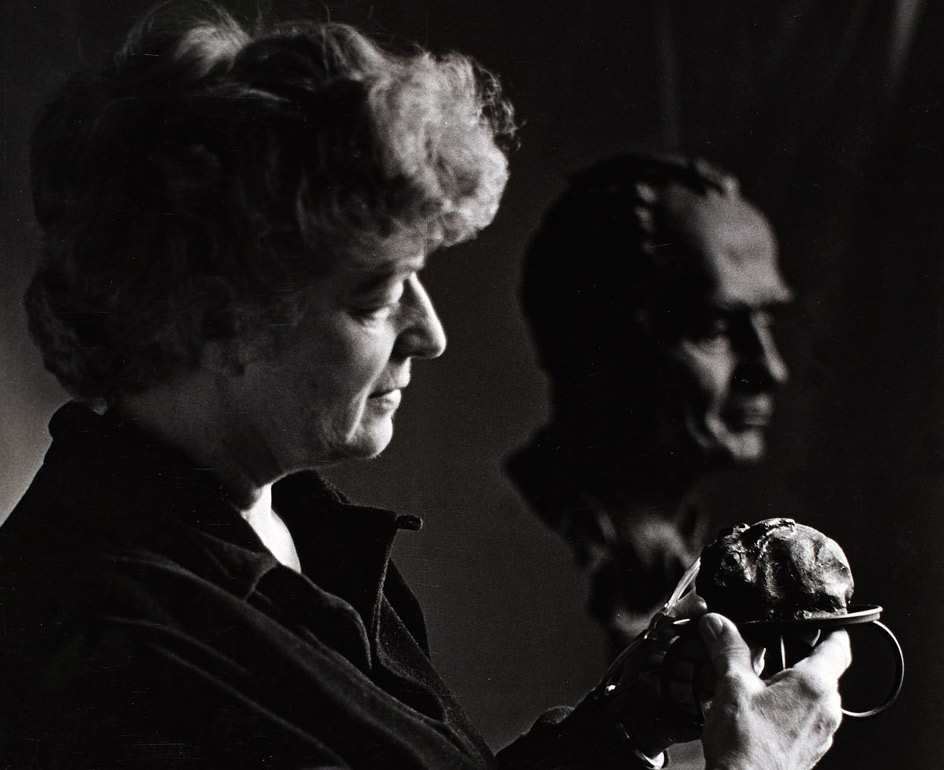 Helen Hooker (left) was born in 1905 to a very prominent Greenwich, Connecticut family. At an early age she started sculpting and playing tennis with her three sisters. In 1923, after she attained the rank of National Junior Tennis Champion, she decided to pursue a career in art. From 1924 to 1931 she travelled extensively throughout Europe and the USA and established herself as a sculptor in New York City.
Helen Hooker (left) was born in 1905 to a very prominent Greenwich, Connecticut family. At an early age she started sculpting and playing tennis with her three sisters. In 1923, after she attained the rank of National Junior Tennis Champion, she decided to pursue a career in art. From 1924 to 1931 she travelled extensively throughout Europe and the USA and established herself as a sculptor in New York City.
Ernie O’Malley was born in 1897 in Castlebar, Co Mayo. While at medical school his nationalist sympathies were aroused during Easter Week 1916. In 1918-24 Ernie joined the IRA full time, became Commandant-General, allied himself with the anti-Treaty movement, was captured, tortured and imprisoned. After recovering his health in Europe, he showed interest in the arts and travelled to America. In 1928 Eamon de Valera, yet to become president of Ireland, asked Ernie to fundraise in the USA for The Irish Press newspaper. Ernie lived in California, New Mexico, Mexico, and New York until returning to Ireland in 1935.
The couple met in 1933 in Greenwich and were married two years later in London. When Ernie secured an Irish military pension the couple moved to Ireland. In 1937 Ernie published his memoir, On Another Man’s Wound, which became an immediate success. The couple left Dublin and moved to the west of Ireland to concentrate on photographing remnants of early Christian Ireland. During the war years of 1939-45, they farmed in Co. Mayo before returning to Dublin to educate their three children and participate in theatre. In 1950 the marriage ended. Helen returned to the USA with her two older children. She married Richard Roelofs in 1956 and continued her sculpture and photography. Ernie continued to write. He died in 1957.
In 1971 after the death of her second husband, Helen’s work as a poet, sculptor and photographer began to flourish. She moved regularly between Greenwich, Dublin and Mayo. In her last twenty years she produced more than half of her life’s work, which was featured in several exhibitions. Helen died in her home town of Greenwich in 1993.




